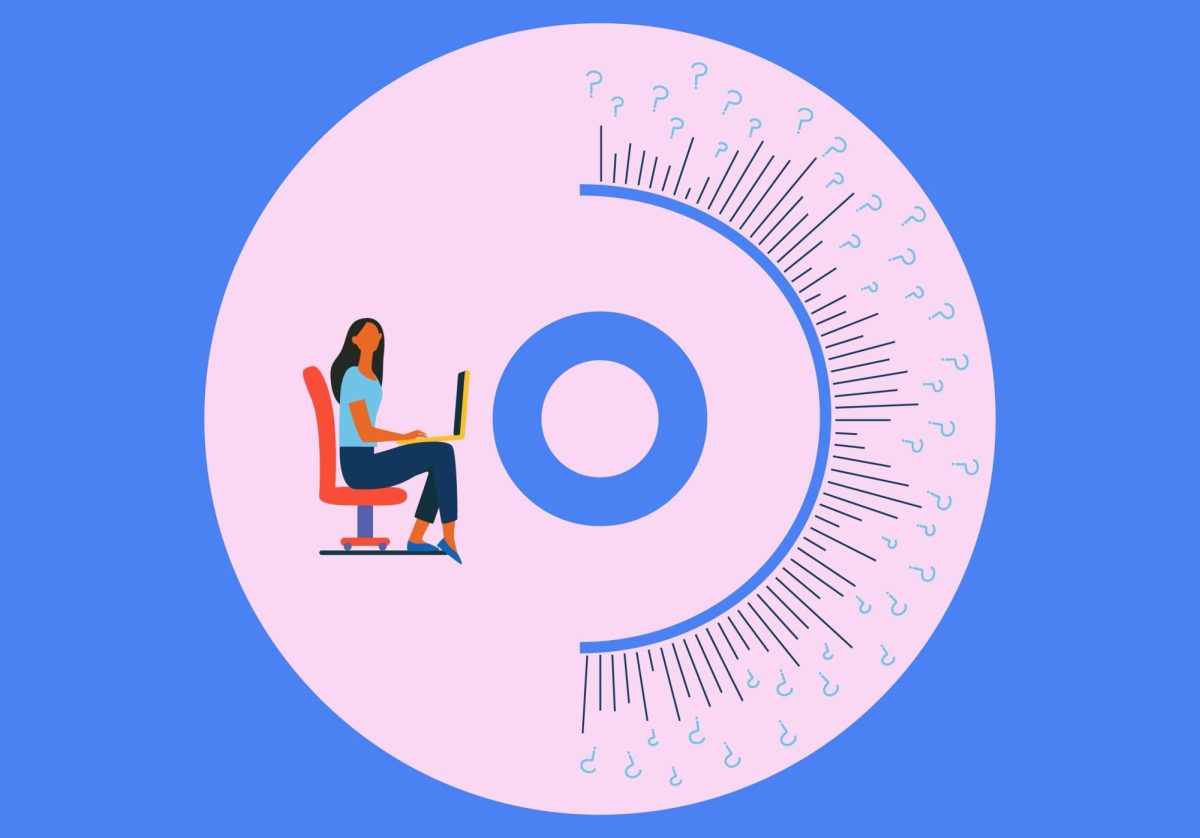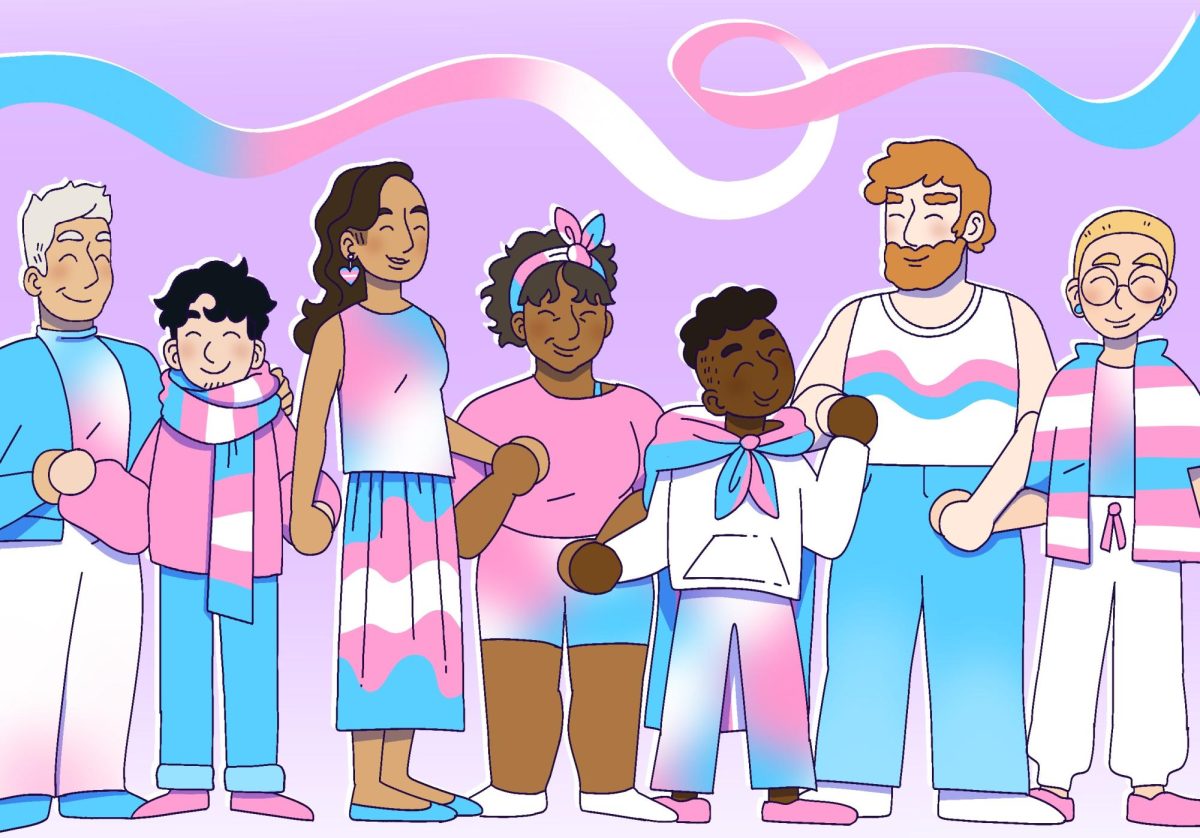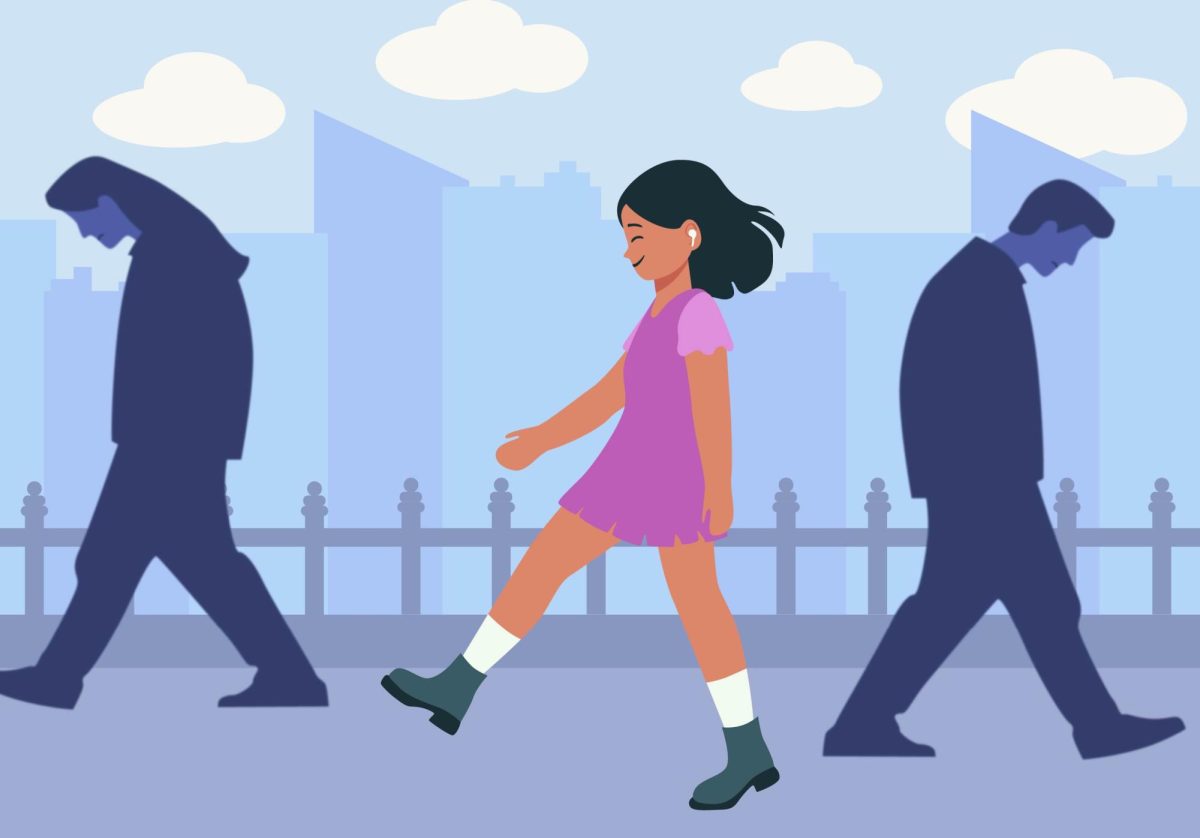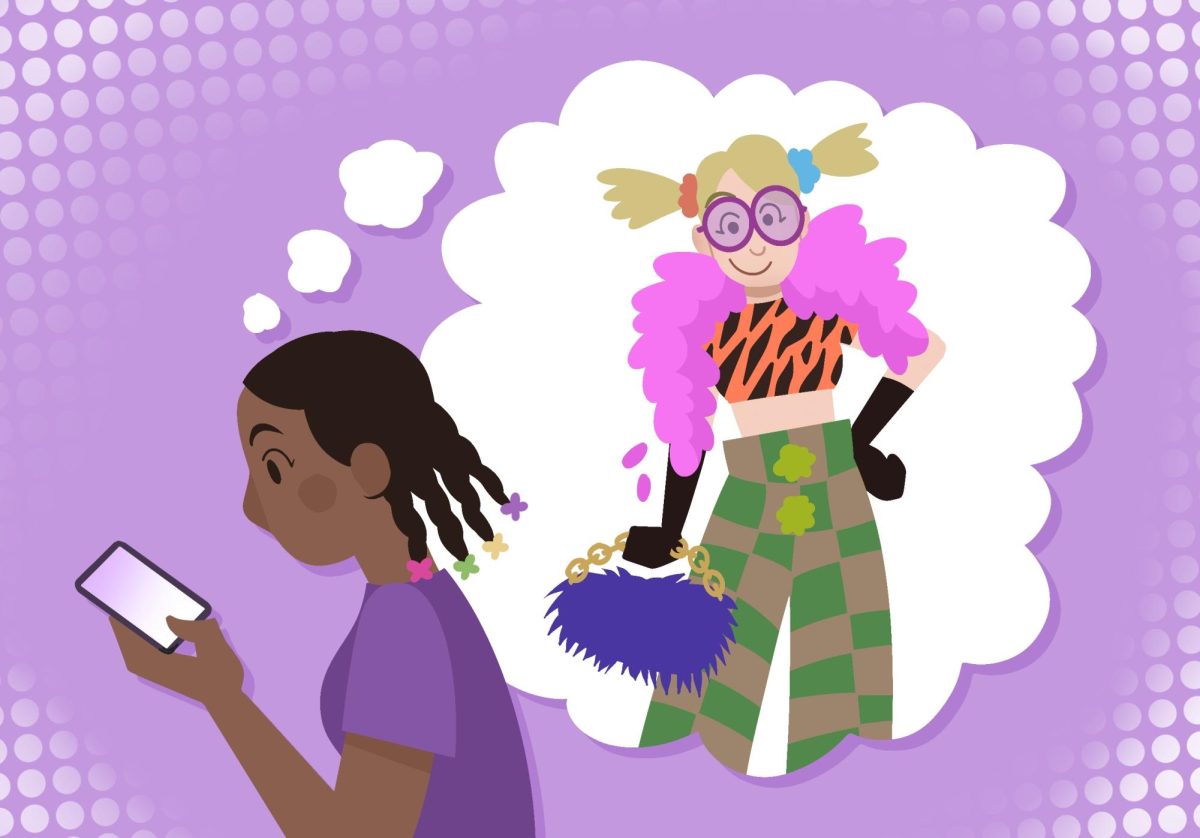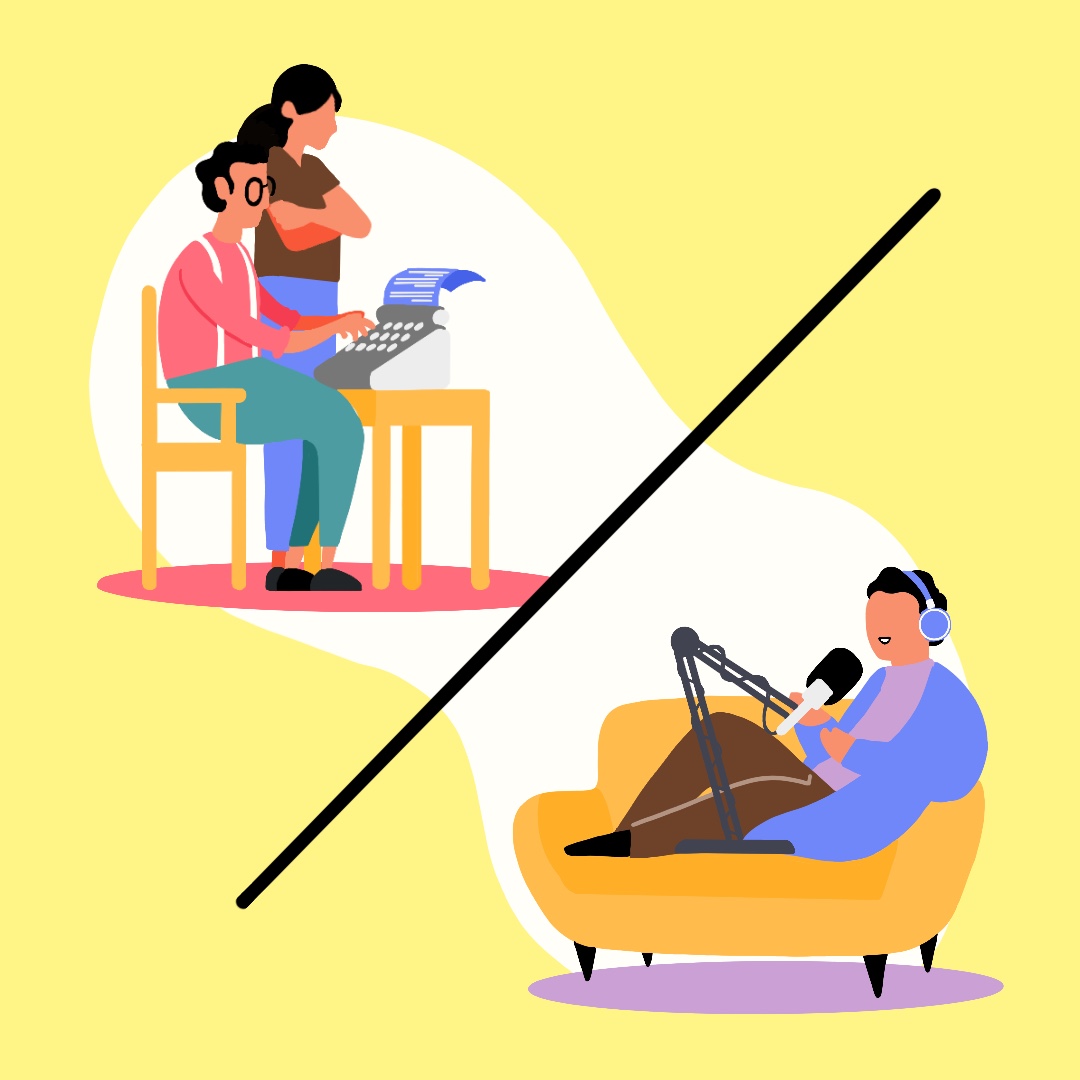Growing up in the United States, young students are told by nearly every adult they interact with that postsecondary learning comes in one form: traditional four-year college programs.
While many feel this is a safe way to guarantee a stable future with plenty of career opportunities and flexibility, this is not the only way that one can live a happy and fulfilling adult life outside of high school.
Kevin Xiong, a college readiness coordinator for the College Readiness Consortium, said he often helps underrepresented students (low-income students, students with disabilities and first-generation students) gain access and information to the resources that may have felt out of reach to them before graduating high school.
Xiong said postsecondary learning doesn’t necessarily mean that students are enrolling in traditional college programs. Education may look like anything from trade schools to community colleges and more at a variety of ages.
“I’m a first-generation college student and so I didn’t really know much when I was applying to college,” Xiong said. “I wanted to go back and help out those who are a little bit undecided about what their plans are for after high school and I wanted to give them some tips and tricks on what to consider when they’re thinking about postsecondary education.”
The Office of Undergraduate Education at the University of Minnesota strongly encourages those at a crossroads about their postsecondary path to consider pursuing some form of education following graduation, as it tends to act as a safety net for job security.
Rachel Rosenthal, a third-year student, said she doesn’t regret pursuing an untraditional education path upon graduating from high school.
Rosenthal, 29, started her postsecondary life by enrolling in a transition program for a year, which allowed her to complete her missing high school credits. Additionally, this program allows for students to do postsecondary enrollment options (PSEO) and life skills classes.
While there are many different types of transition programs mentioned online, Rosenthal said the transition program she was involved in specifically aimed to help students with disabilities transition to life outside of high school by offering various courses to help prepare them for different areas of life.
Don’t get me wrong, going to college can be very beneficial for a lot of people, but traditional college environments are not set up to support a diverse student body.
“For me, I have Bloom Syndrome, which impacts me physically, but then I also have anxiety and depression,” Rosenthal said. “So that [transition program] then was a way to help learn some life skills and things like that and prepare me for college.”
On top of that, 18- to 22-year-olds barely know what they’re going to eat for dinner, let alone how to select a major that they feel confident enough in to make a full-time career out of.
Changing majors and utilizing campus resources is always an option for people who decide they don’t mesh well with their major or chosen career path, but this could delay a student’s graduation date, leading to financial and housing concerns.
This is why I think taking a gap year and pursuing a college degree at a later time in life may not be a bad idea.
Rosenthal said that while she sometimes feels insecure about telling other students her age, she mostly is unphased by the age gap and knows that pursuing a degree later in her 20s was the right choice for her.
“I think … waiting and really taking care of myself and learning what I wanted to go into has helped me know which classes to take. I have better study skills, I haven’t had to take tons of extra classes or switch majors as often as maybe other people might have,” Rosenthal said.
Xiong said that his brother took a similar education path and recently got his associate’s degree at the age of 30.
Lifelong learning exists in many forms and there is no shame in taking a nontraditional path towards higher education.
“It’s never too late to explore education,” Xiong said.


